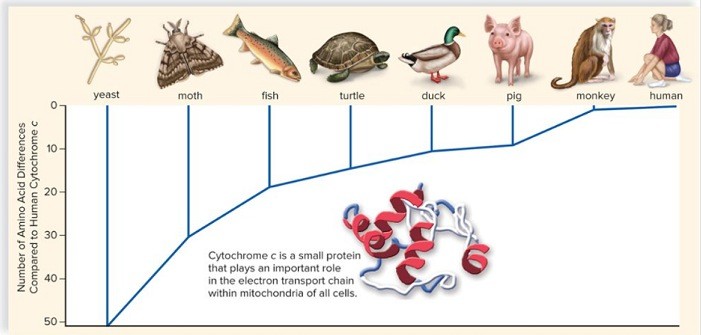The liquid component of blood is referred to as
A. lymph.
B. cytosol.
C. interstitial fluid.
D. plasma.
E. intracellular fluid.
D. plasma.
You might also like to view...
Respond to statements 104–108 in reference to the four source
tissues of plant roots listed below. a. primary meristems b. primary tissues c. pericycle d. vascular cambium M 104. This tissue gives rise to epidermis and cortex. D 105. This tissue gives rise to protoderm and procambium. D 106. This tissue gives rise to ground meristem. M 107. This tissue gives rise to cork cambium. D 108. This tissue gives rise to secondary phloem and xylem.
The branch of science that deals with the naming and grouping of organisms is known as
A) histology. B) molecular biology. C) chemistry. D) taxonomy. E) ecology.
All of the following bacteria are motile. Which does NOT have flagella?
A) Escherichia B) helical bacteria C) Pseudomonas D) spirochetes E) Salmonella
The chart depicts the number of amino acid differences in cytochrome C between several different organisms and humans. What conclusions can you draw from this chart?
What will be an ideal response?